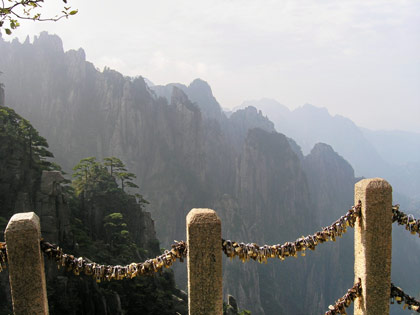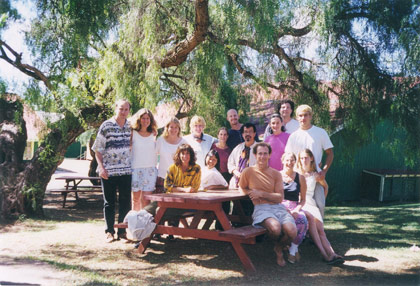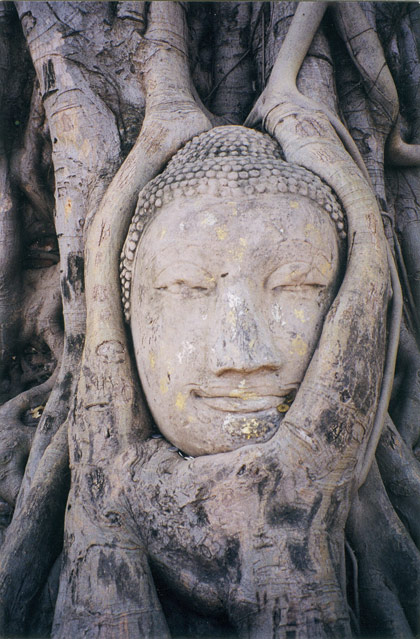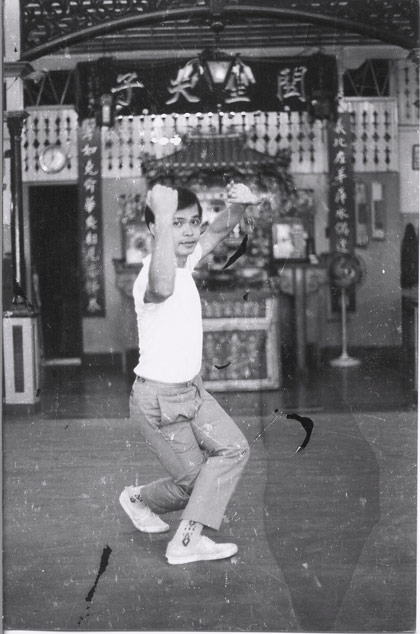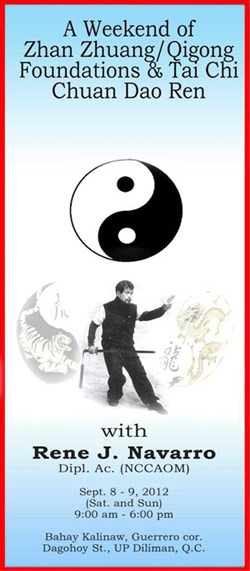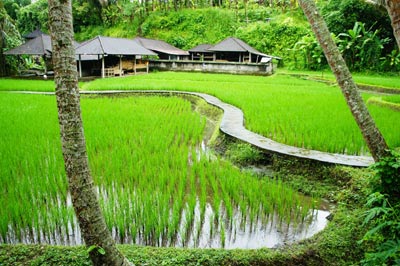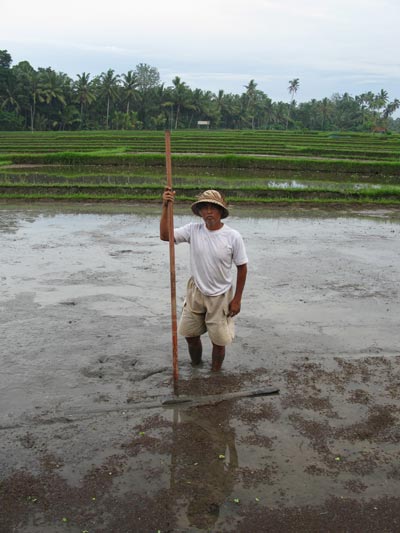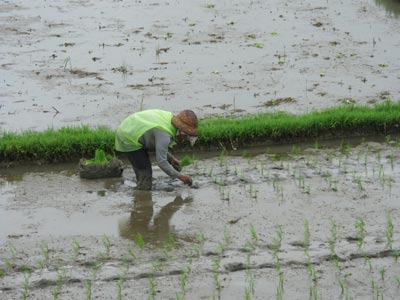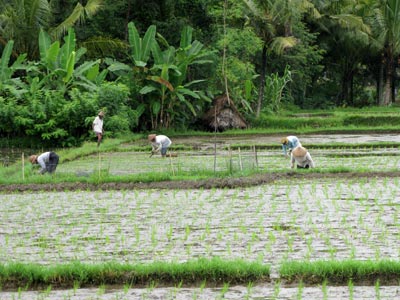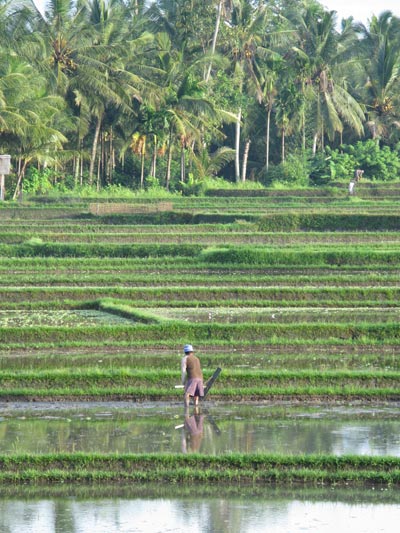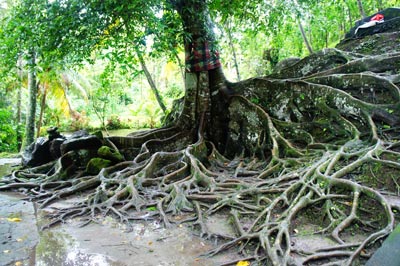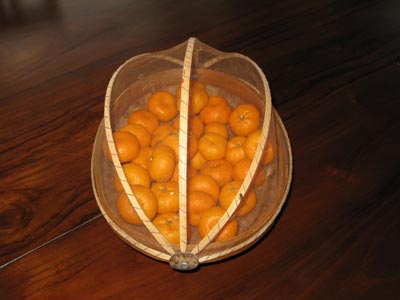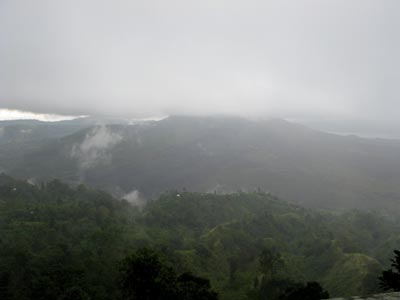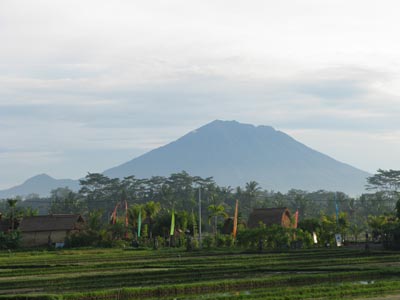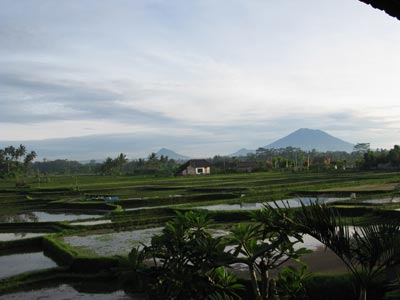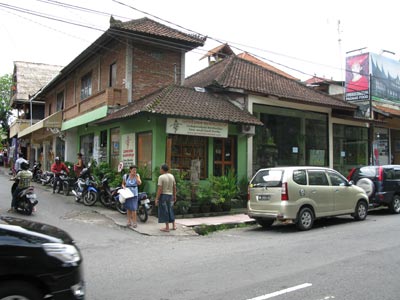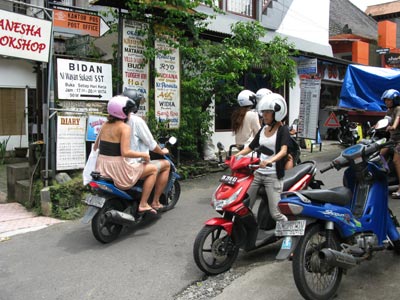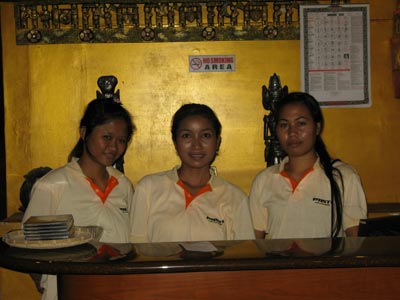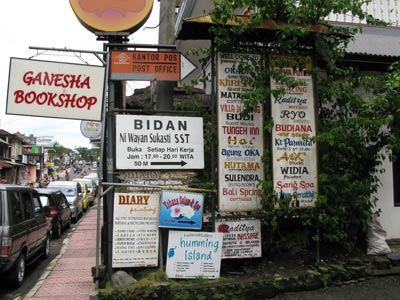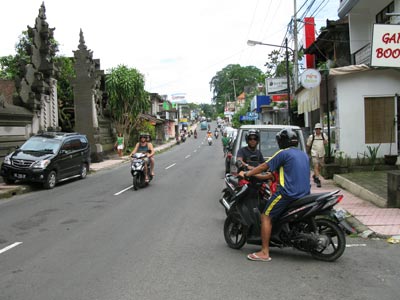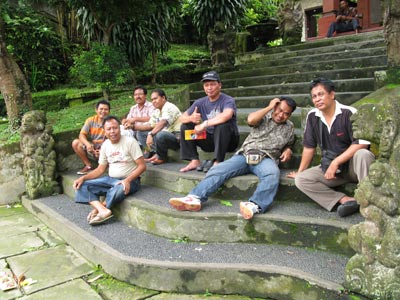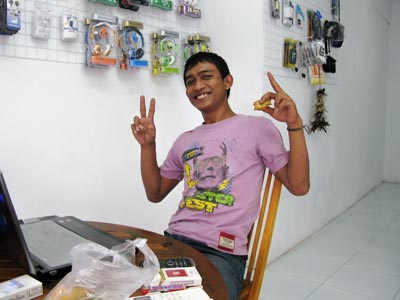Ana and Gonca by the Bosphorus in Istanbul in 2004. They were studying Shaolin with me. I have studied with them, too, basically Xing Shen Zhuang Fa, with Gonca in Huangshan, China and Ana in Rome. Istanbul was a particularly memorable place for me since my first visit in the 90s. The restaurants, Grand Bazaar, the mosques, museums and the baths were particularly striking. I was the guest of David Verdesi. We did the baths and the restaurants. He and I tried the water pipes/hookah. I’ve done it a couple of times, but always, I choke when I puff. People asked me about it, but I did not experience anything particularly elevating.
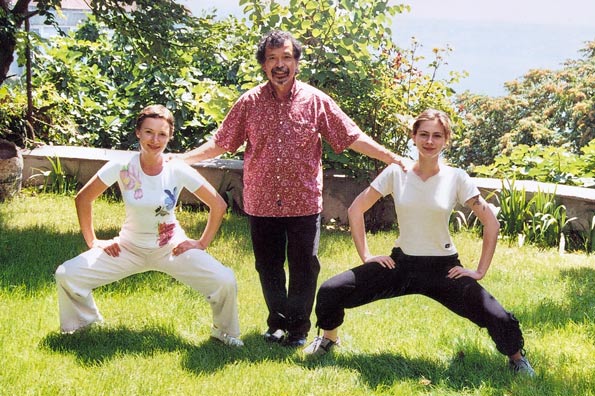
Huangshan/Yellow Mountain, has the reputation of being the most beautiful mountain in China not only for its misty peaks and unusual stone formations, but also because of its sunrise. Cindy Zhou, the English translator and tour guide, told me it was going to rain and not to bother about the sunrise that day. Just the same, I got up between 4 and 5 in the morning. I did not know flashlights were available in the hotel, so I started walking in the dark in the general direction of a peak where the sun was supposed to rise. Along the way, two women from Hongkong offered to lend me a flashlight. So the rest of the way was illuminated. We settled on a comfortable rock of our choice — in the dark — and waited. The sun did not burst through the clouds. It actually started as a sliver and slowly shed its light on the surrounding mountains. Suddenly, there were flashes from cameras followed by applause and jubilation. There must have been a hundred people waiting for the sunrise. It was a zen moment of surprise and joy. Later, we gathered in front of the hotel, some in groups, others individually, and did our morning Tai chi and qigong rituals.
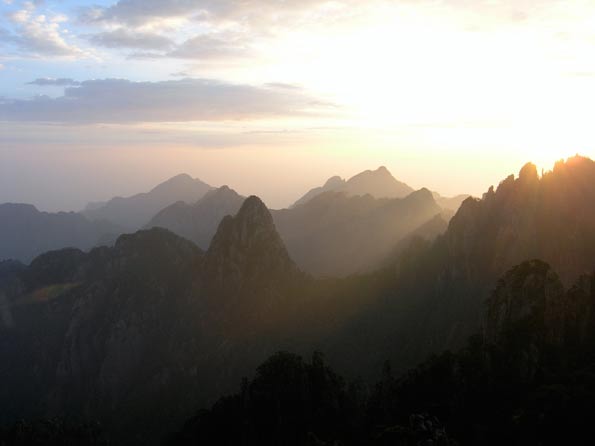
I was on a boat, the Princess, on the way to the 3 Gorges and the Great Dam. I was waiting for a good angle, the alignment of the sun, the boat, mountains, and the bridge. I do not know if they were the best shots I took. But there they are, for whatever they are worth. The pocket Samsung camera tried its best. I do not have any set rules for taking photos. Much of my aesthetic sensibility is intuitive. But there is often in my mind that “crucial moment” the zen tradition talks about. I also try to follow the Tai chi chuan adage: Stillness in movement, movement in stillness. A photograph should not be static. It should capture a scene in the context of the passage of time and space.
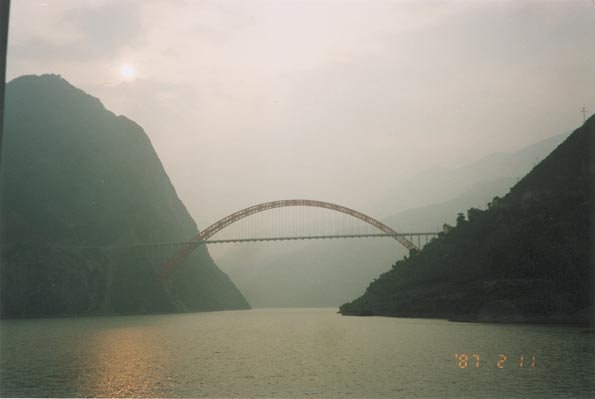
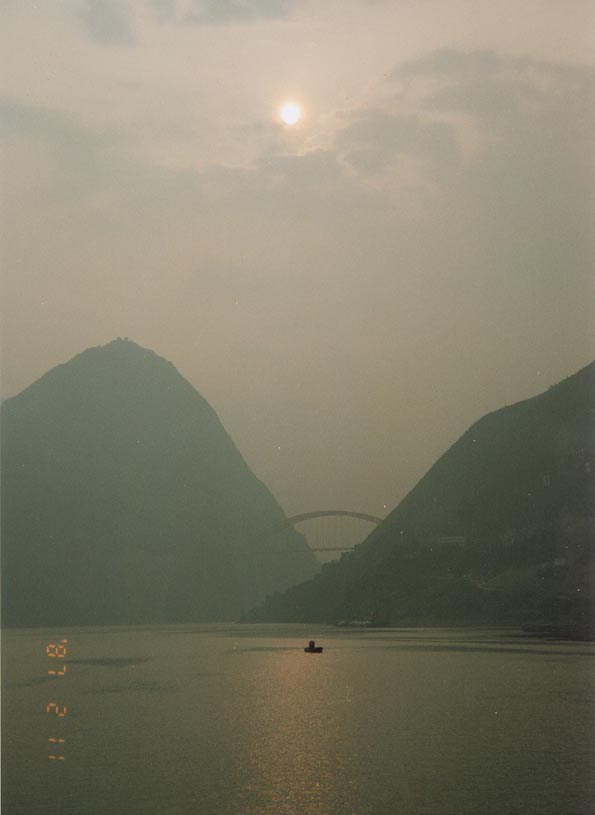
David Verdesi (www.davidverdesi.com) with his students at the Basilica di San Clemente in Rome, a Roman Catholic church built, like many churches in Italy, on the ruins of pagan sacred ground or temple. We visited 3 times during a period of one month. Once it was closed for the day. The other times we descended to the underground cave. There were some ancient columns and relics, if I remember, a spring and an excavation presumably for bull sacrifice, a ritual that may have had an association with cleansing, sacrifice and the astrological period of Taurus.
It was the site of the temple of Mithra. I did not know anything about him at the time, except that he was a Persian god or prophet.
I had an eerie feeling walking around the place — it felt like it was haunted by restless ghosts. How many of these spots were the scenes of battle? The quick information I gathered on the internet was that Mithra was born of a virgin or the sun and moon, he had 12 disciples, preached love and compassion, was called the Light of the World, died and was resurrected on the third day. Oh yes, he was born on December 25, about 500 to 600 years before Jesus. When I told a friend about it, he sent me the link to a website that says at least 25 other prophets were born on December 25, the day of the Winter Solstice that announces the coming of the Light. (I Ching, Heagram 24/Fu/The Return of the Light.) Another occasion that is related to astrological phenomenon.
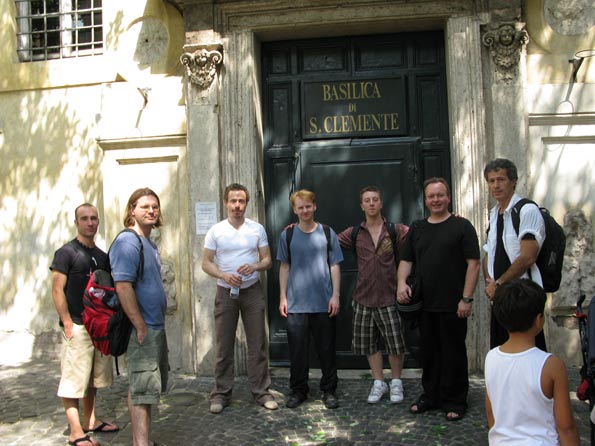
The waterfalls in Banahaw in 1986, my first pilgrimage to the holy mountain. My old college friend Isis took me and a couple of her friends there for a weekend retreat. It was part of the ritual of cleansing, dipping in the cold water of the river at Santa Lucia and showering in the waterfall before you went up to light a candle at the different grottoes on the mountain. A shaman told me that that some things and places are inherently sacred, others are sacred because we venerate them. Almost every time I visited the Philippines I went to Banahaw. Last September (2012) I could not make it. I was informed by my students in Chi Nei Tsang that Banahaw was dirty, with people dumping their garbage in the river and playing loud karioke music.
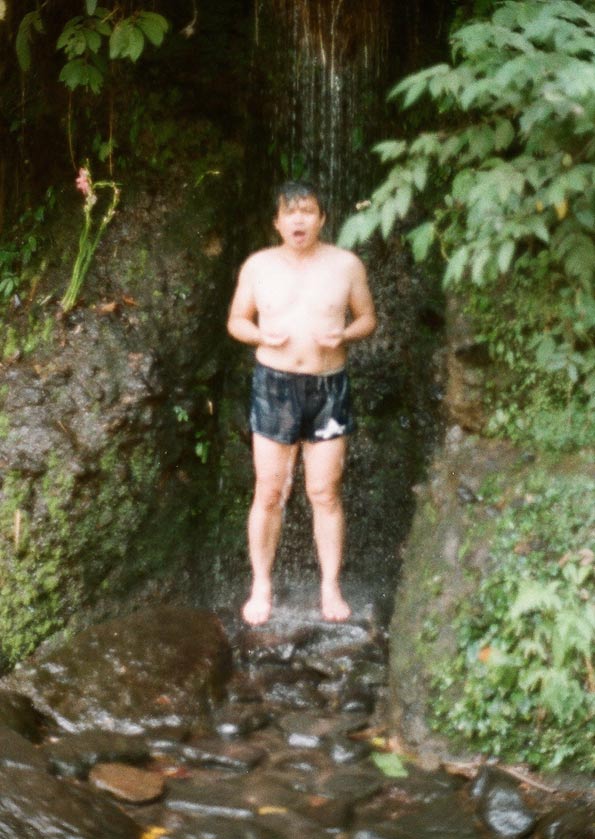
I used to do Tai chi chuan on the beach before sunrise in Cyprus. At one time there was Jupiter and Venus in the sky. In the dark, there were shadows, and voices greeting: Kalimera! There were fishermen casting their nets from their boats. When they were done, I would look at their catch — mostly octopus and sea bream. Every morning, when I was on the beach, there was a stunning sunrise. I decided to take a couple of photos. I’ve written poems and essays about my sojourn in Cyprus. I’ve taught in the North (Turkish and Muslim) and in the South (Greek and Orthodox Christian). See “Letter from Cyprus” in the Writings section.
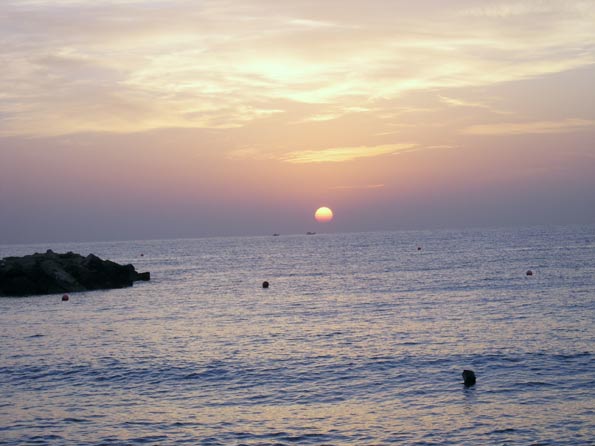
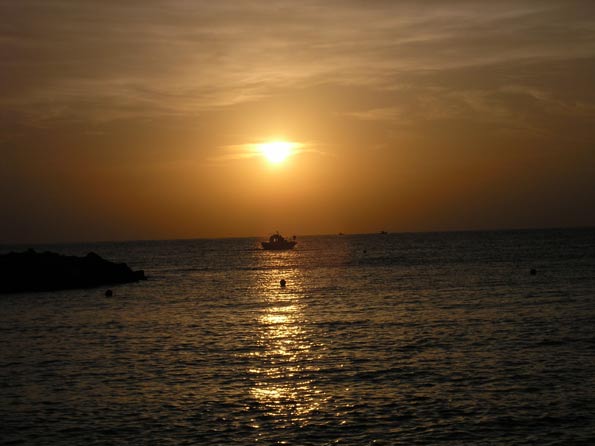
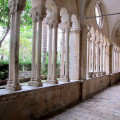
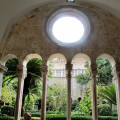
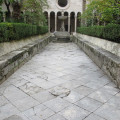
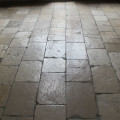
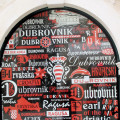
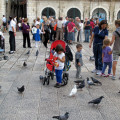
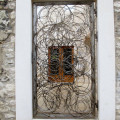
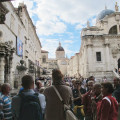
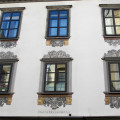
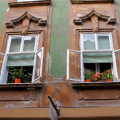
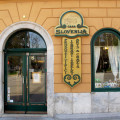
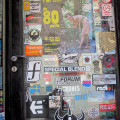
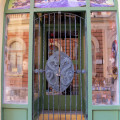
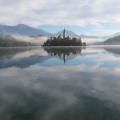
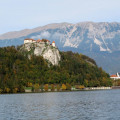
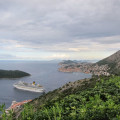
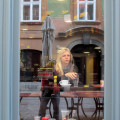
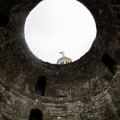
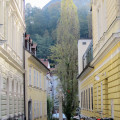
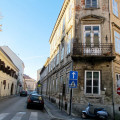
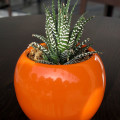
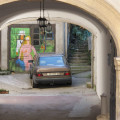
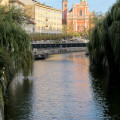
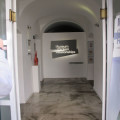
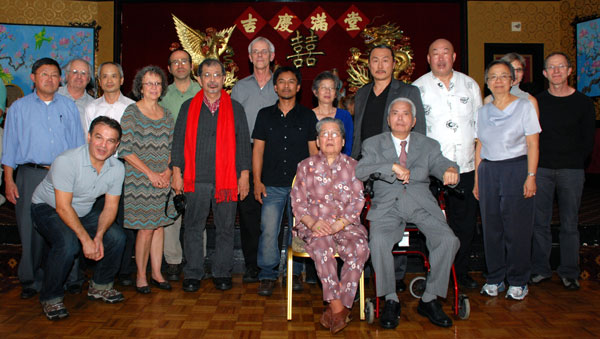
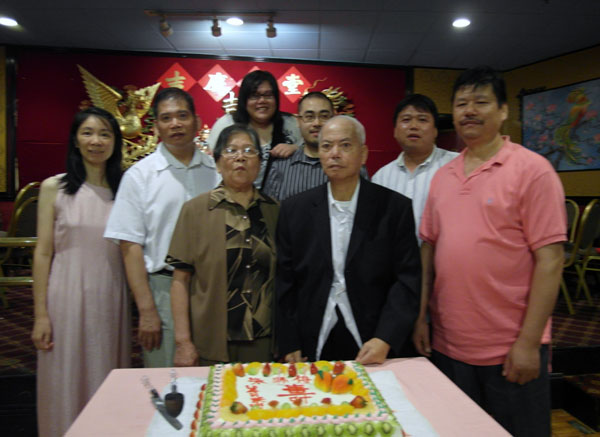
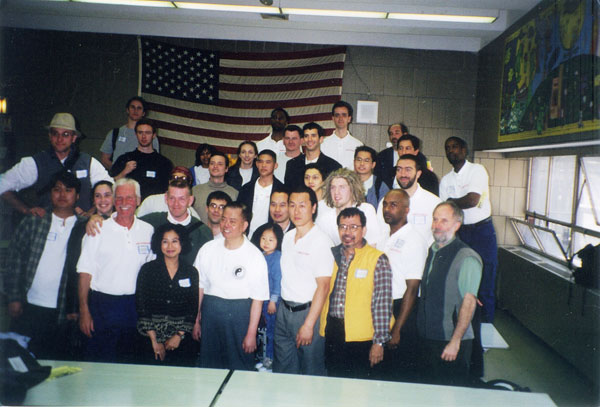
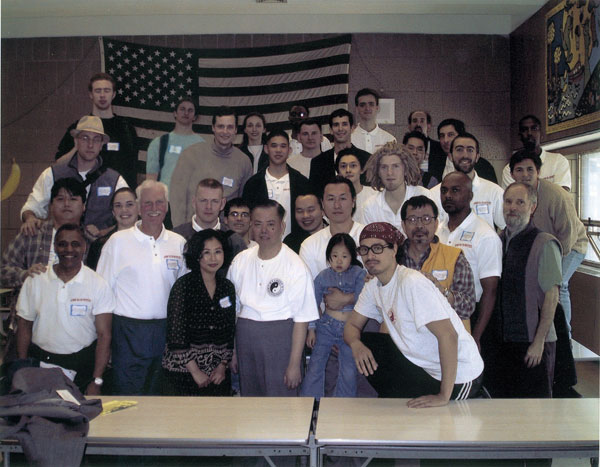
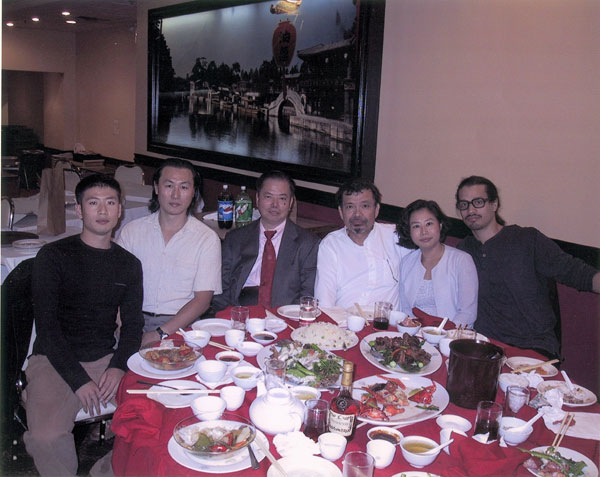
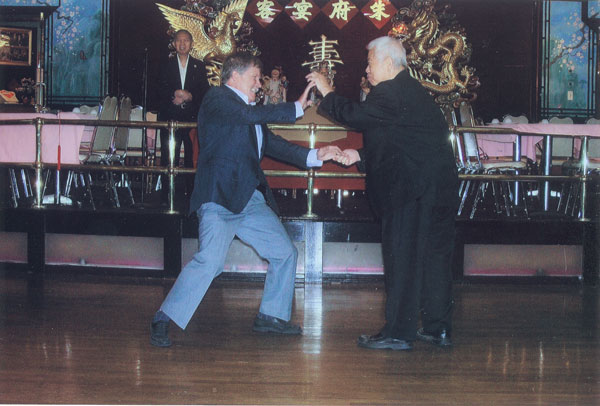
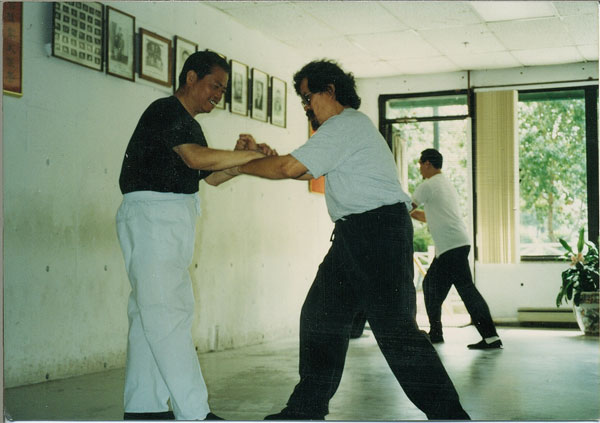
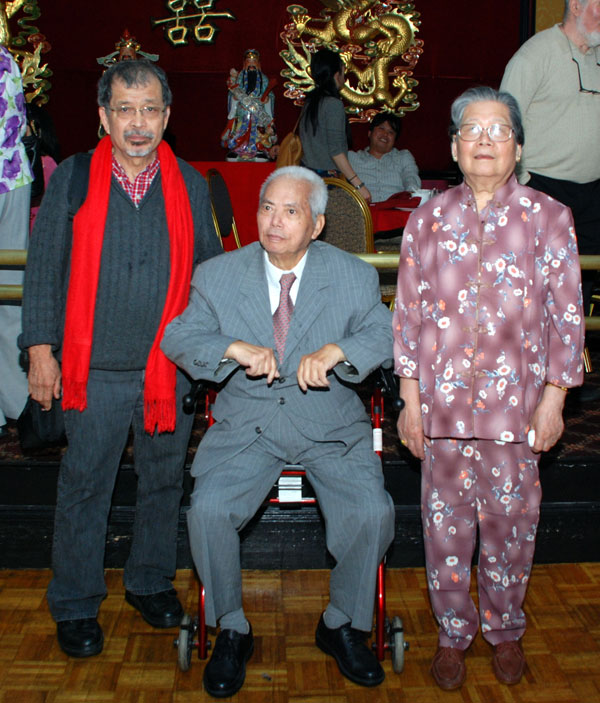

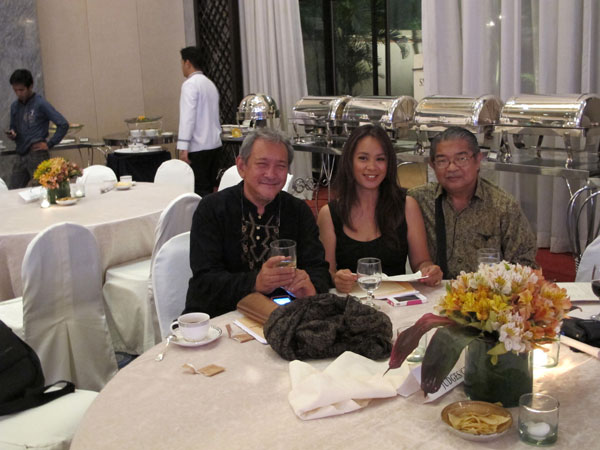
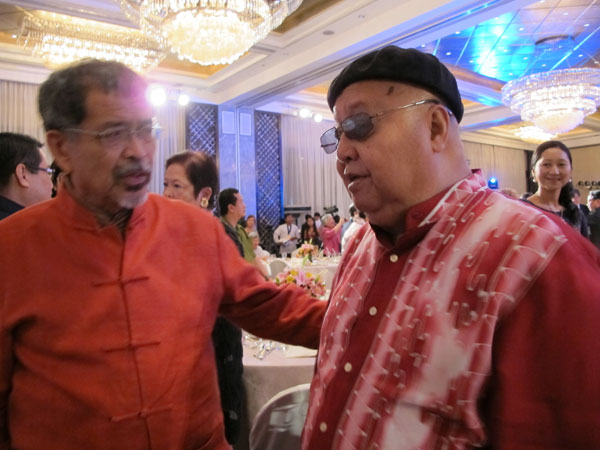
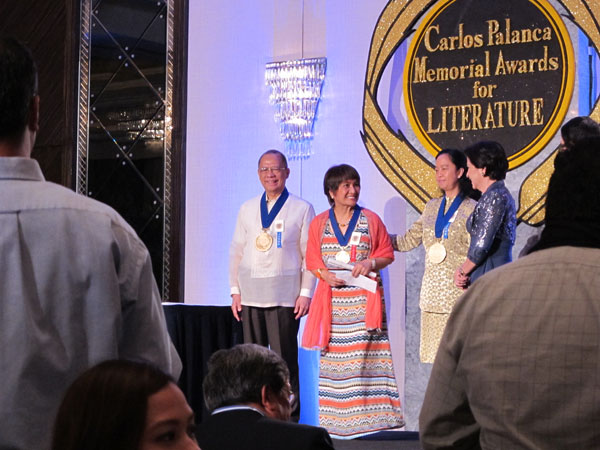
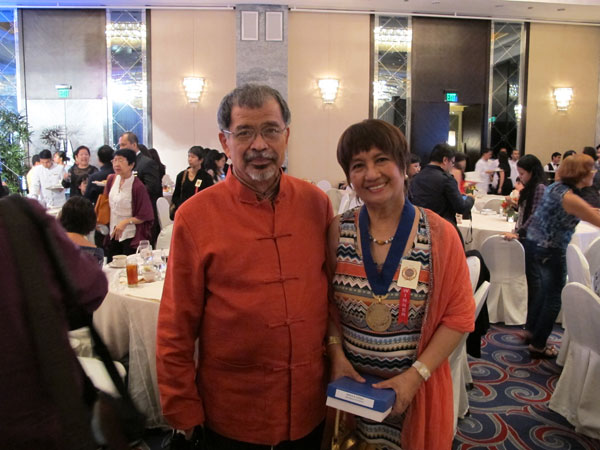
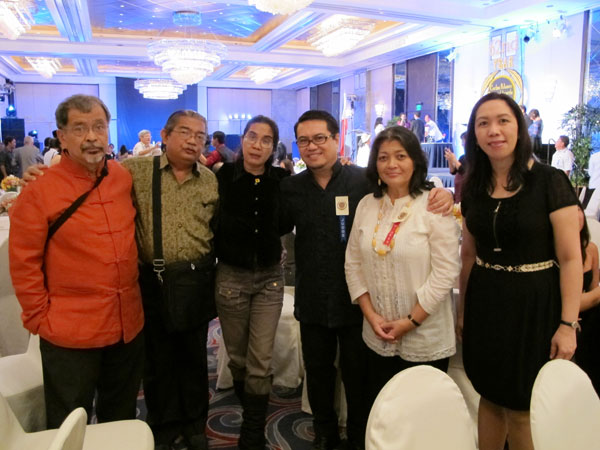
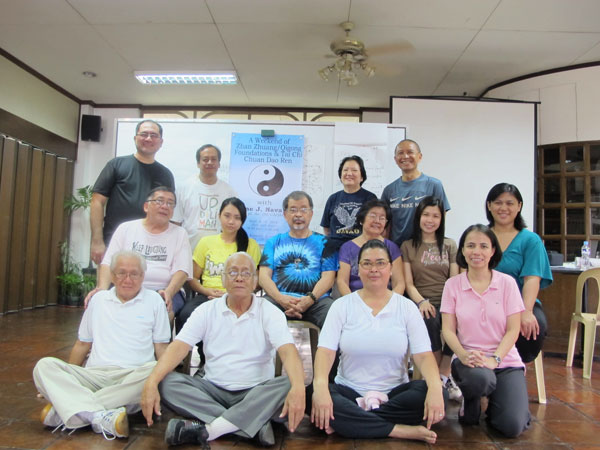
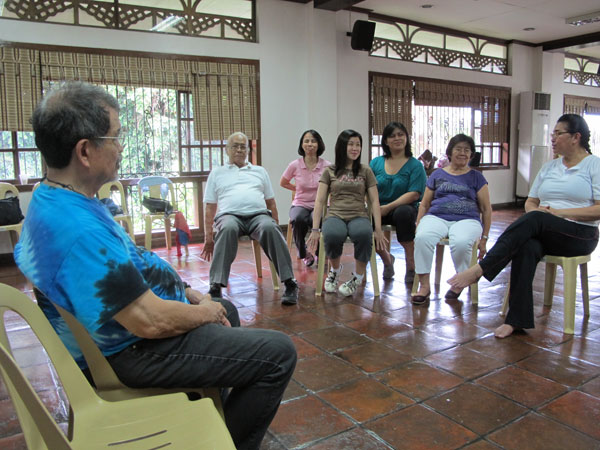
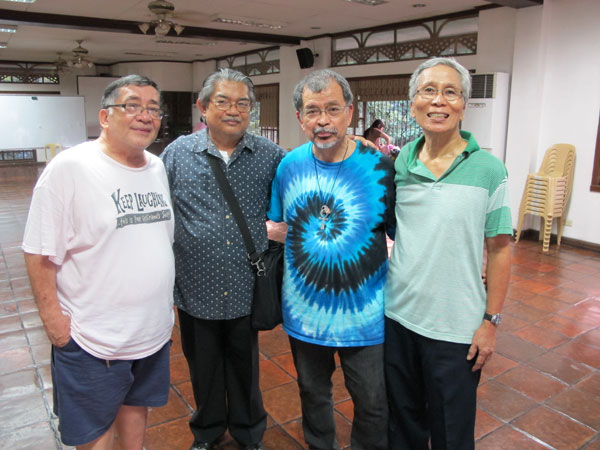
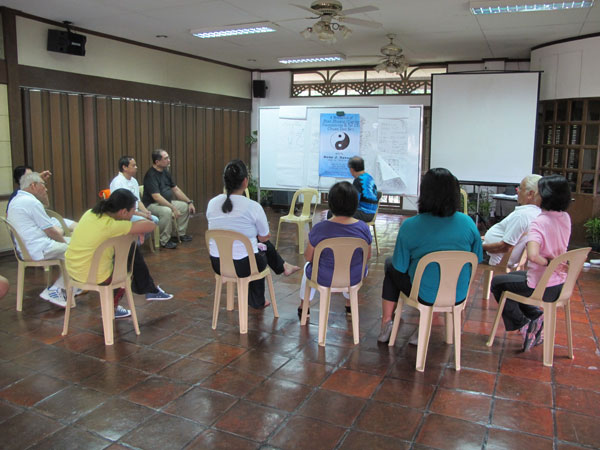
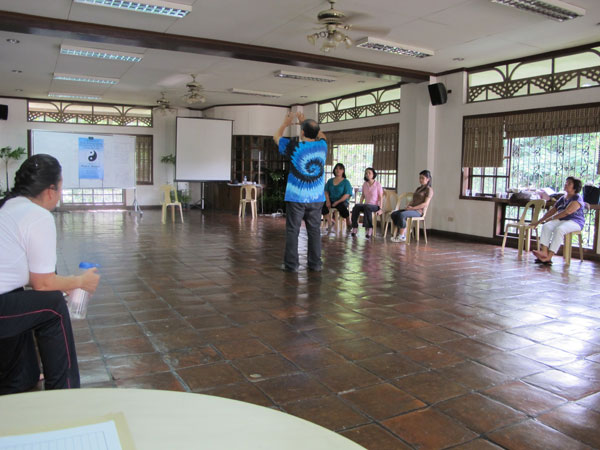
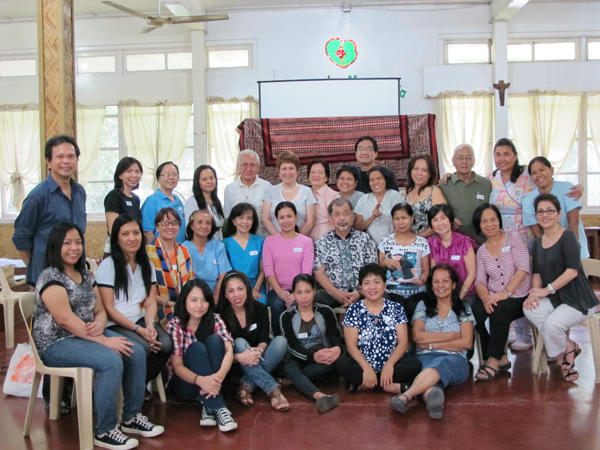
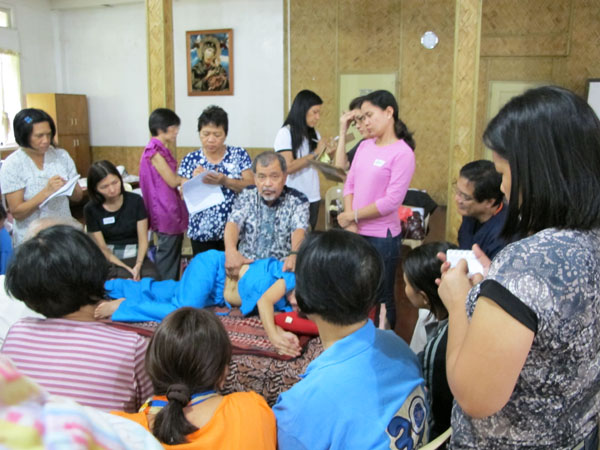
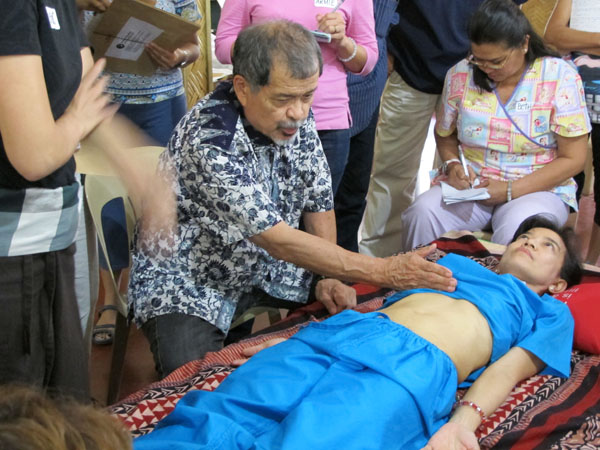
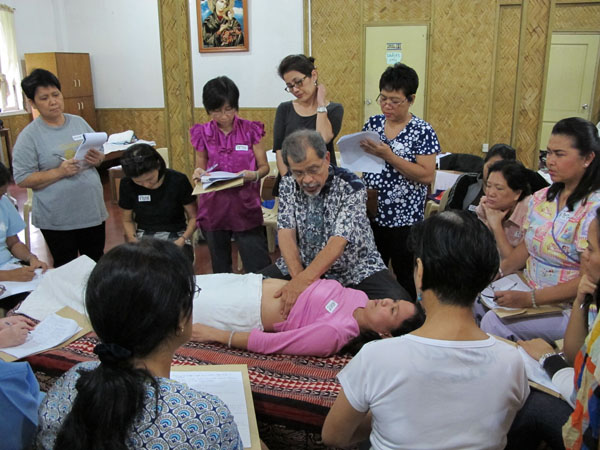
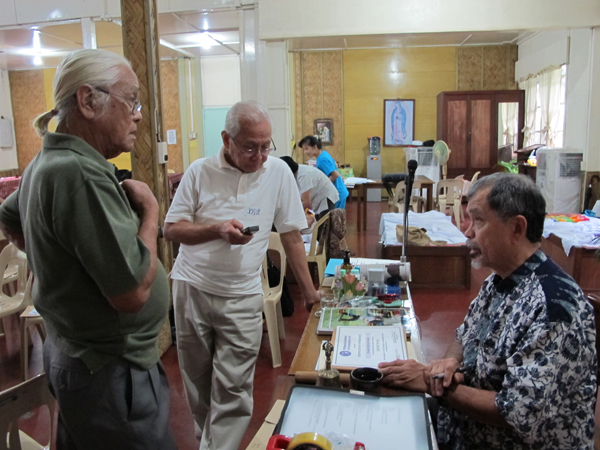

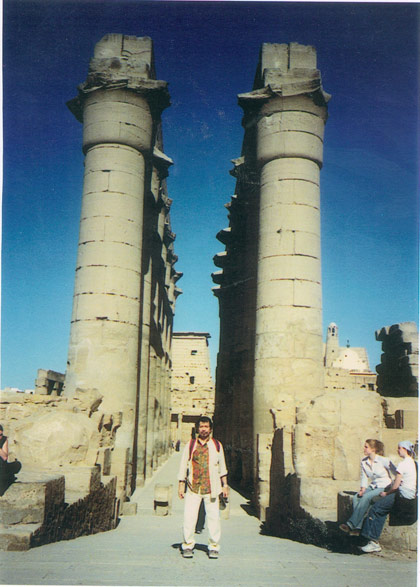
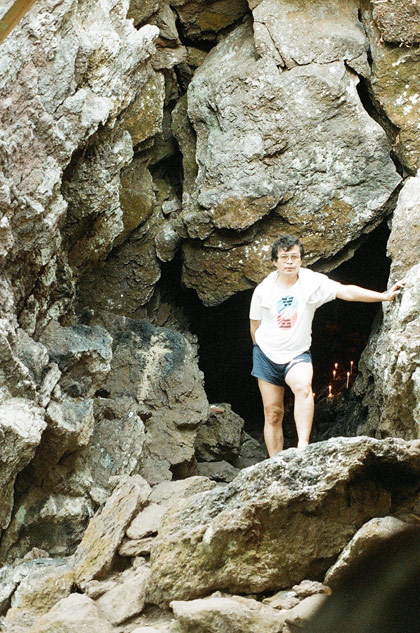
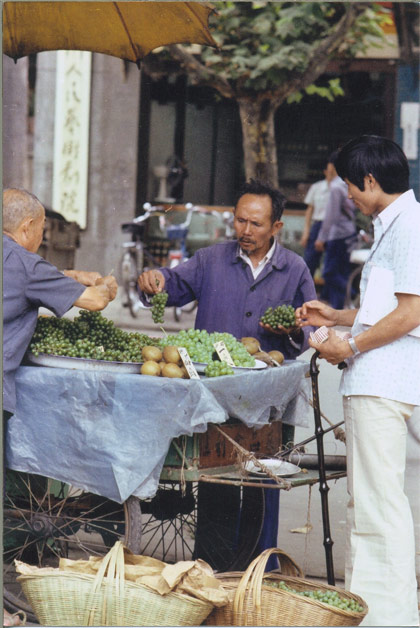
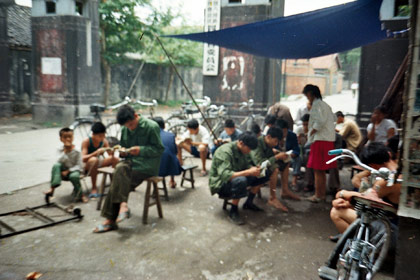
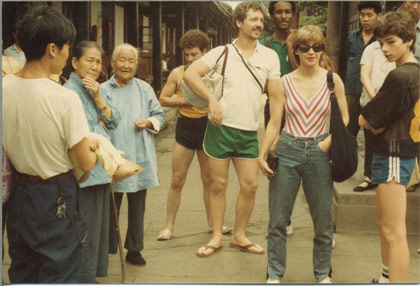
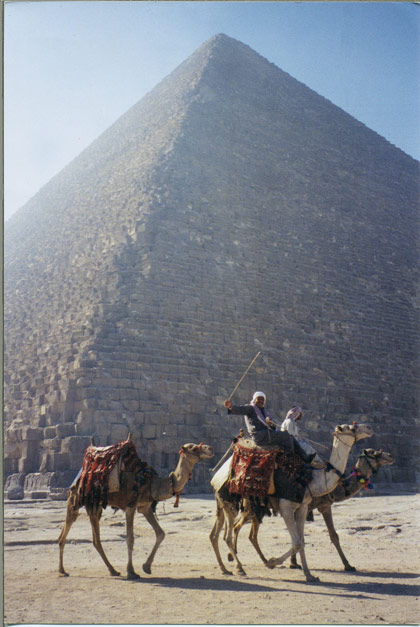
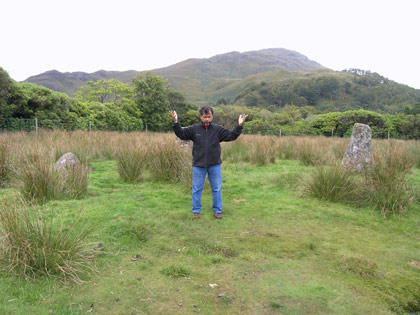
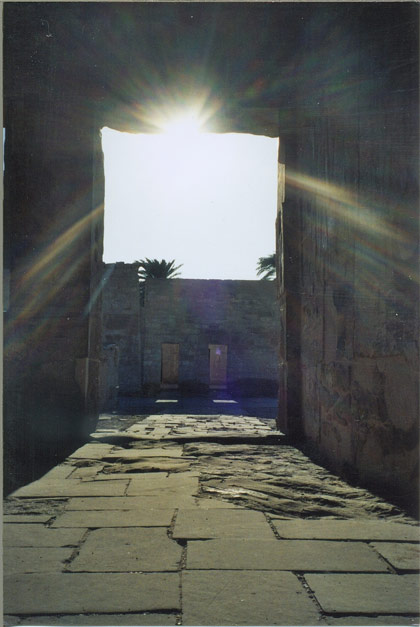

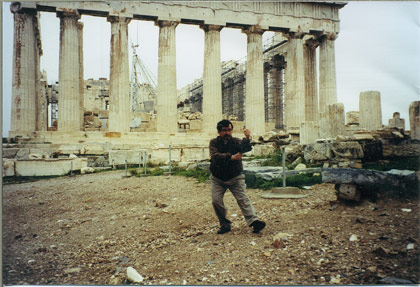
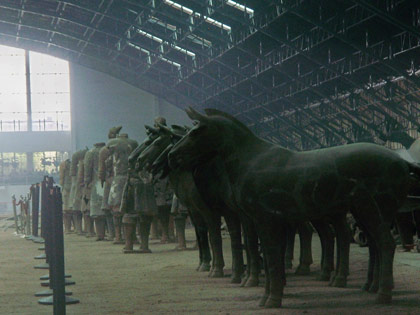
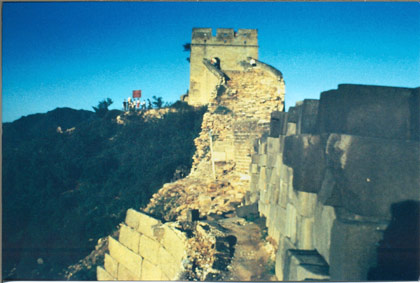 It was in the summer of 1983. I was with new friends. We had just spent a month training in wu-shu, contemporary martial arts, in Chengdu, Sichuan. We decided to split from the main delegation and go to Beijing. We hired a taxi to pick us up at about 4 in the morning to take us to the Great Wall at Badaling. Some spots were in ruins at the time. Arriving at dawn, we witnessed the sunrise. There were a few stragglers among the parapets. The area was practically empty of tourists. Nowadays, you won’t find privacy in the Great Wall. There would be 5 to 10 people walking elbow to elbow up to the summit.
It was in the summer of 1983. I was with new friends. We had just spent a month training in wu-shu, contemporary martial arts, in Chengdu, Sichuan. We decided to split from the main delegation and go to Beijing. We hired a taxi to pick us up at about 4 in the morning to take us to the Great Wall at Badaling. Some spots were in ruins at the time. Arriving at dawn, we witnessed the sunrise. There were a few stragglers among the parapets. The area was practically empty of tourists. Nowadays, you won’t find privacy in the Great Wall. There would be 5 to 10 people walking elbow to elbow up to the summit.